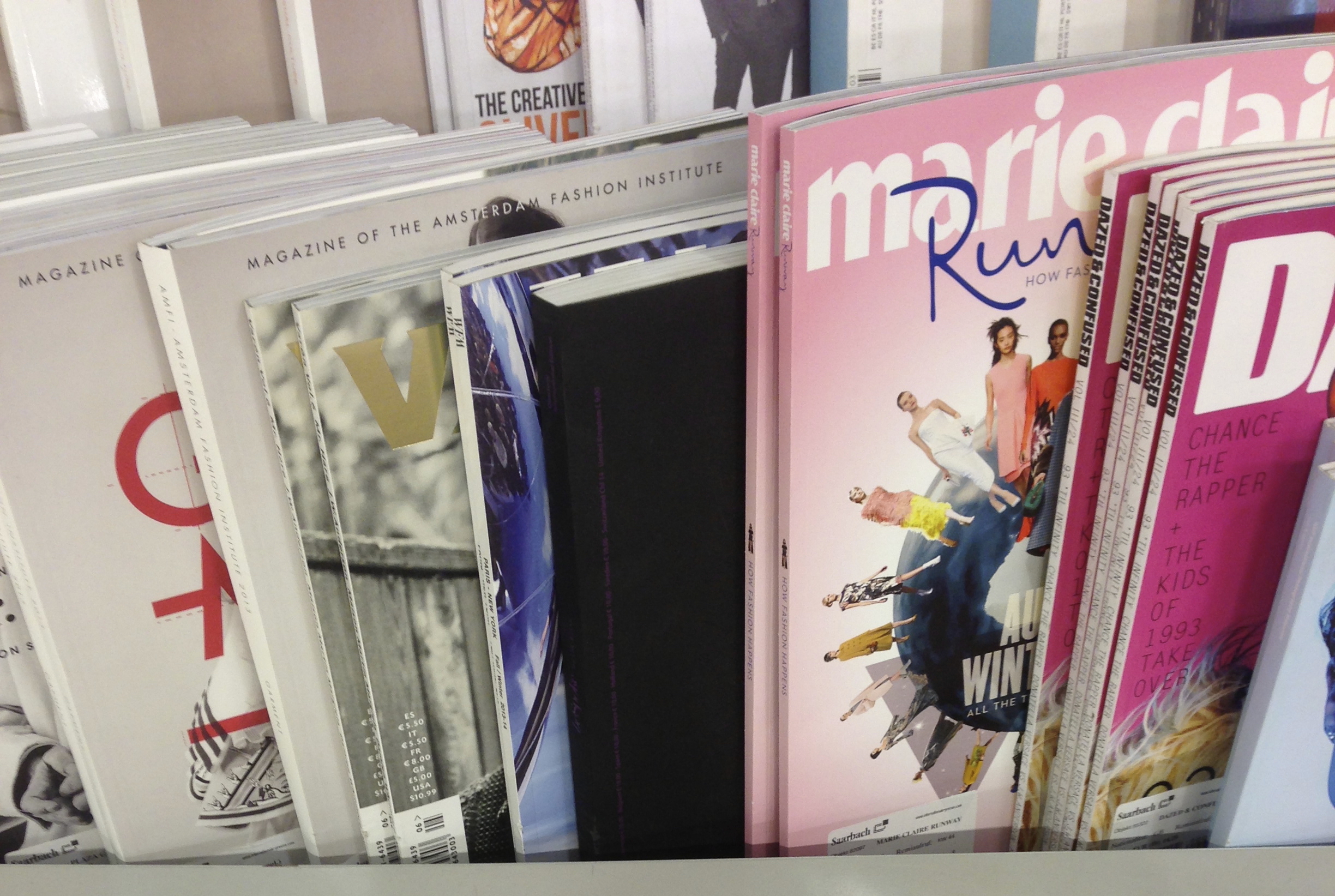What Happened
Women’s fashion and lifestyle magazine InStyle has unveiled its first-ever VR-enhanced issue. With the help of cinematic VR content studio Jaunt, InStyle created some complementary content that readers will have access to via VR headsets. The content includes behind-the-scenes footage of covergirl Drew Barrymore’s photoshoot, a closer look at the items she wore, as well as some makeup tutorials. The magazine is also open to exploring native advertisements and sponsorship opportunities in its VR content as a new revenue source.
What Brands Need To Do
With Amazon set to become the largest clothing retailer in the U.S. by 2017, fashion brands and clothing retailers need to think outside of conventional means in order to drive store visits and revenue. Virtual reality provides a new tool to do so through immersive experiences. Though typically associated with young male gamers, virtual reality is a versatile media platform that can be applied to many industry verticals to serve diverse demographics. With VR headsets on the cusp of going mainstream, now is the time for brands to start developing VR content that reflects the interests of their audience.
Source: Digiday

